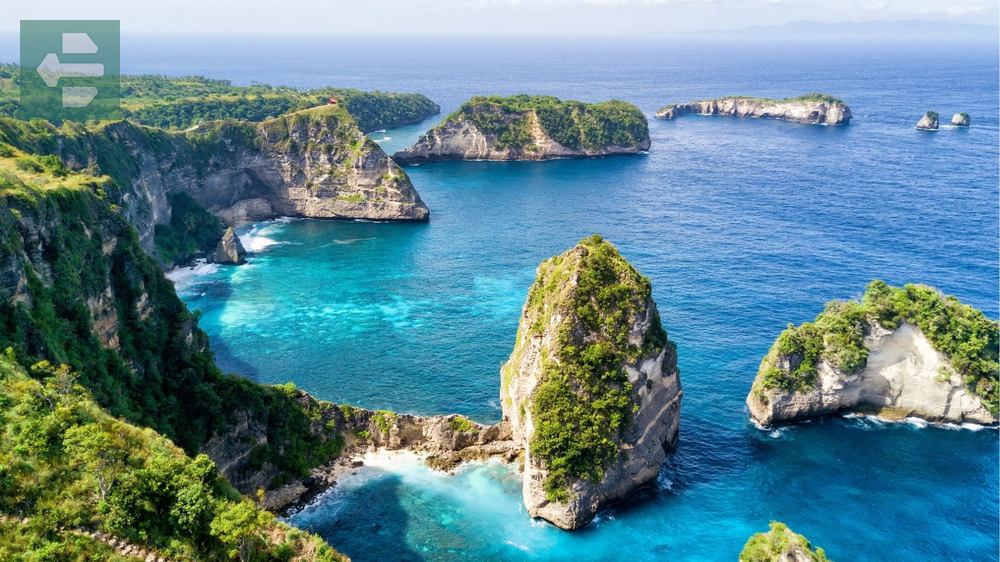Bali offers an extraordinary blend of ancient temples, emerald rice terraces, and pristine beaches that captivate every traveler. The island's best places to visit include Ubud's cultural heart, the clifftop Uluwatu Temple, sacred Mount Batur, and the floating Pura Ulun Danu Bratan temple.
Keep reading as we explore the best places to visit in Bali that will transform your island adventure into an unforgettable journey.
List of Contents
- 1. Ubud: The Soul of Bali
- 2. Tanah Lot Temple: Where Ocean Meets Sky
- 3. Uluwatu Temple: Cliffs and Ceremonies
- 4. Jatiluwih Rice Terraces: Living Architecture
- 5. Mount Batur: Fire and Ice
- 6. Sacred Monkey Forest Sanctuary: Ancient Guardians
- 7. Nusa Penida: Bali's Wild Sister
- 8. Pura Ulun Danu Bratan: The Floating Temple
- 9. Tirta Empul Temple: Holy Waters
- 10. Waterbom Bali: Tropical Water Paradise
- 11. Seminyak: Sophisticated Beach Culture
- 12. Nusa Dua: Resort Paradise
1. Ubud: The Soul of Bali
Ubud sits in Bali's green heart, where rice paddies meet art galleries and ancient traditions blend with modern wellness. The town moves at its own pace—slow, deliberate, meaningful.
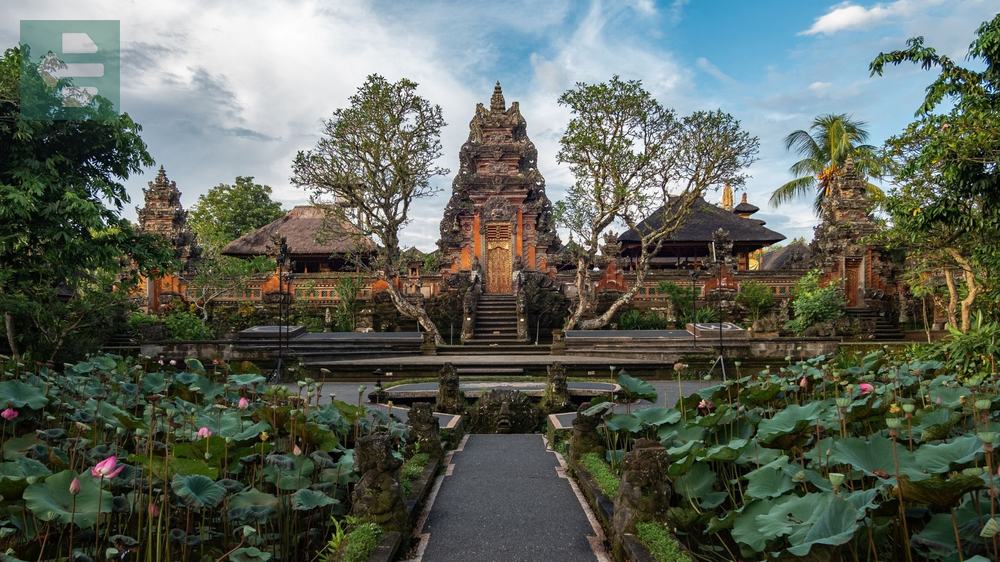
Walk the Campuhan Ridge early morning when mist clings to the valleys. You'll understand why Elizabeth Gilbert found herself here. The path winds between emerald hills, offering views that cameras struggle to capture but memories hold perfectly.
Local warungs serve the island's best gado-gado. Skip the tourist spots and follow the locals to small family-run places where recipes pass through generations.
Quick Facts:
- Peak Season: April-October
- Getting There: 1 hour drive from Ngurah Rai Airport
- Entry Fee: Free for town; temple visits from $1
- Suggested Stay: 3-4 days
- Must-See: Monkey Forest Road, art markets, yoga studios, traditional villages
2. Tanah Lot Temple: Where Ocean Meets Sky
Tanah Lot perches on a rock formation surrounded by crashing waves. Built in the 16th century, this temple becomes an island at high tide, accessible only when waters recede.
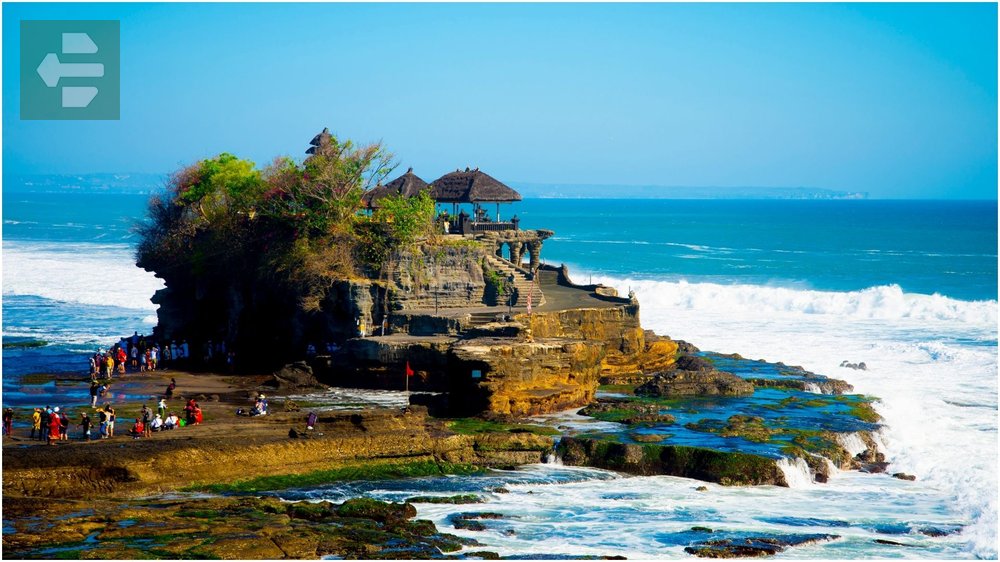
Arrive two hours before sunset. The crowds thin, and you'll witness something magical—the temple silhouetted against Bali's famous painted sky. Local fishermen cast nets nearby, their weathered boats bobbing in the surf.
The temple's foundation houses venomous sea snakes, considered guardians by locals. They're more afraid of you than you are of them.
Quick Facts:
- Peak Season: April-September
- Getting There: 45 minutes from Denpasar
- Entry Fee: From $3
- Suggested Stay: Half day
- Must-See: Sunset views, holy water blessings, nearby Batu Bolong Temple
3. Uluwatu Temple: Cliffs and Ceremonies
Uluwatu Temple clings to limestone cliffs 250 feet above the Indian Ocean. Built in the 11th century, it guards Bali's southwestern peninsula with ancient authority.
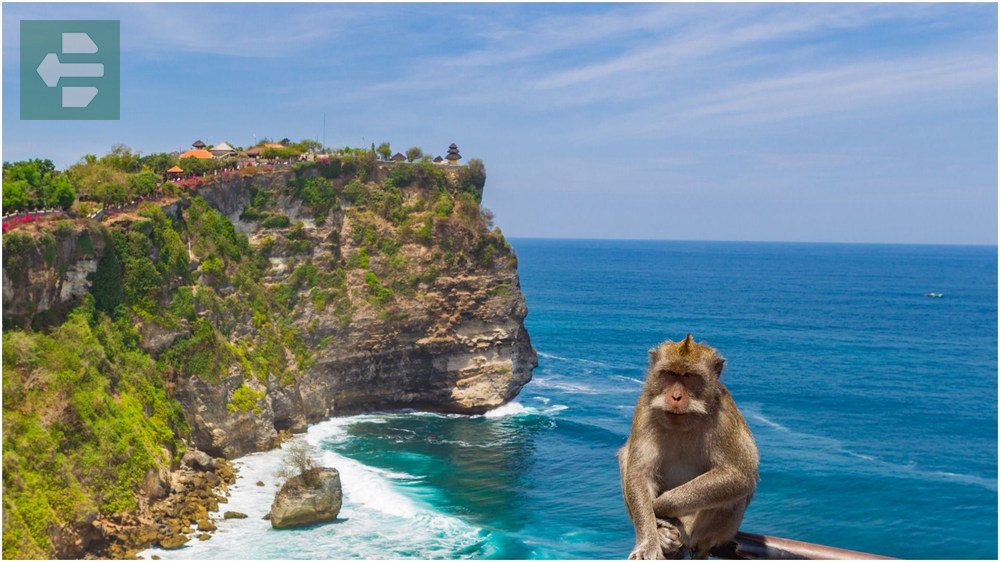
The temple's monkeys are notorious thieves. They'll snatch glasses, phones, anything shiny. Locals know to keep belongings secured and offerings protected.
Stay for the Kecak fire dance at sunset. Hundreds of men chant in circles while a dancer leaps through flames. It's theater, ritual, and spectacle combined into something uniquely Balinese.
Quick Facts:
- Peak Season: May-September
- Getting There: 1 hour from Denpasar
- Entry Fee: From $3
- Suggested Stay: Half day
- Must-See: Cliff views, Kecak dance, hidden beaches below
4. Jatiluwih Rice Terraces: Living Architecture
Jatiluwih spans 1,500 acres of rice terraces carved into volcanic slopes over 1,000 years ago. These terraces follow the traditional Subak irrigation system, a UNESCO World Heritage practice that balances water distribution with spiritual harmony.
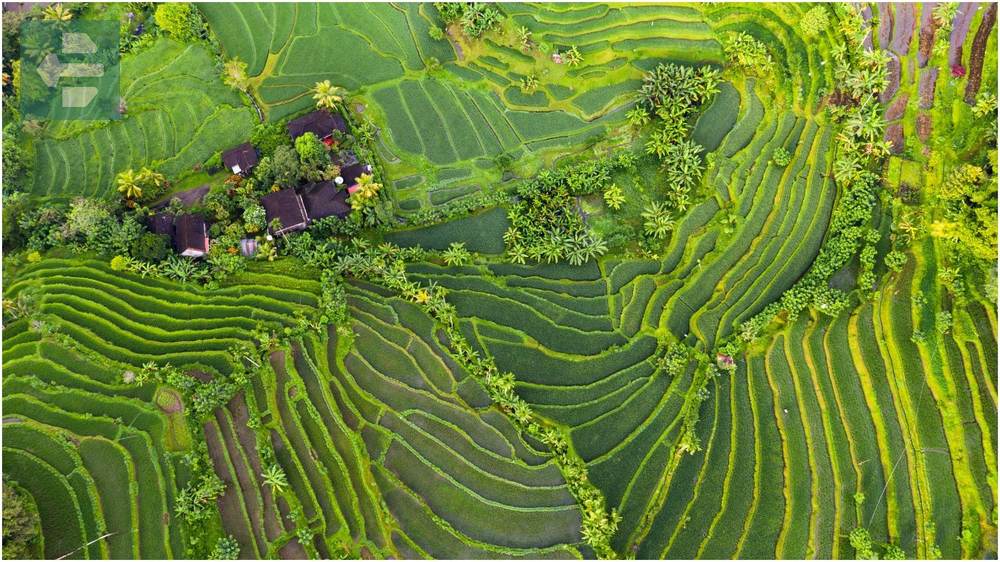
The rice follows a natural cycle—emerald green during growing season, golden during harvest, flooded and reflective during planting. Each phase offers different photographic opportunities and cultural insights.
Walk the narrow paths between terraces in the early morning when farmers tend their fields and the light cuts through mountain mist.
Quick Facts:
- Peak Season: March-October
- How to Get There: 1.5 hours from Denpasar
- Entrance Fees: $2.50 for adults
- Suggested Duration: Half day
- Key Areas: Main viewing area, walking trails, traditional villages
5. Mount Batur: Fire and Ice
Mount Batur last erupted in 2000, leaving behind a landscape of black volcanic rock and steaming vents. The 5,633-foot peak offers Bali's most rewarding sunrise hike.
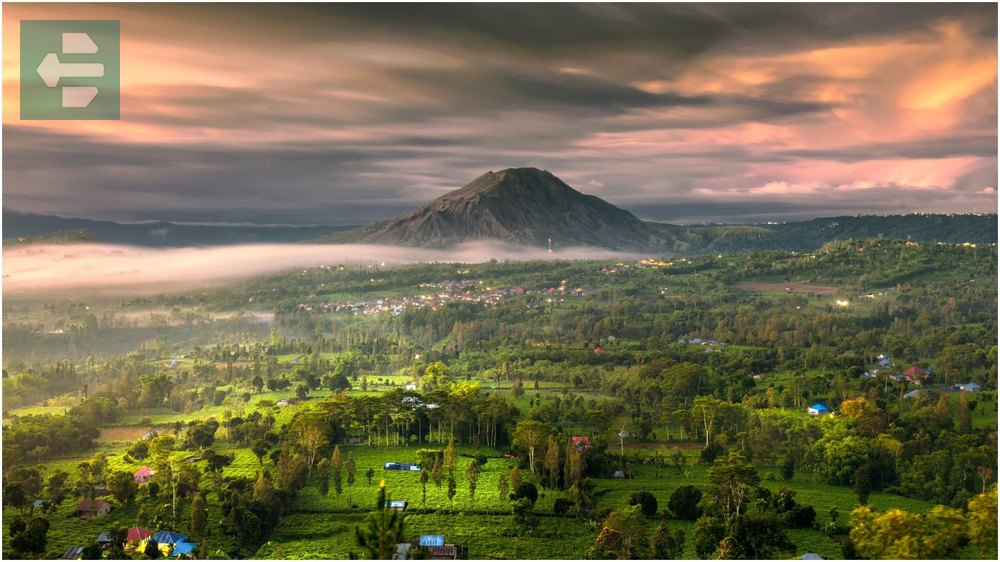
Start the trek at 4 AM. The path winds through darkness, guided by headlamps and the promise of dawn. At the summit, watch the sun paint Lake Batur below while steam rises from volcanic vents beneath your feet.
I remember sitting on those warm rocks, eating eggs cooked in volcanic steam while monkeys watched hopefully nearby. Some moments stay with you forever.
Quick Facts:
- Peak Season: April-October
- Getting There: 1.5 hours from Ubud
- Entry Fee: From $25 (includes guide)
- Suggested Stay: 1 day
- Must-See: Sunrise trek, volcanic breakfast, Lake Batur views
6. Sacred Monkey Forest Sanctuary: Ancient Guardians
This 27-acre forest sanctuary in Ubud houses over 700 long-tailed macaques and three ancient temples. The monkeys rule here—visitors are merely tolerated guests.

The forest dates back to the 14th century. Massive banyan trees create cathedral-like spaces where Hindu statues emerge from root systems like nature's own sculpture garden.
Watch the monkeys' social dynamics. They groom each other, squabble over territory, and care for their young with surprising tenderness. Keep your distance and secure your belongings.
Quick Facts:
- Peak Season: Year-round
- Getting There: Central Ubud location
- Entry Fee: From $3
- Suggested Stay: 2 hours
- Must-See: Ancient temples, monkey families, massive banyan trees
7. Nusa Penida: Bali's Wild Sister
Nusa Penida sits 30 minutes by boat from mainland Bali but feels like another world. Dramatic cliffs, hidden beaches, and crystal-clear waters make this island increasingly popular.

Kelingking Beach offers T-Rex shaped cliffs and Instagram fame, but the hike down is treacherous. Angel's Billabong provides natural infinity pools, though timing with tides is crucial for safety.
The island's roads are rough. Rent a scooter only if you're experienced, or hire a local driver who knows every pothole and cliff edge.
Quick Facts:
- Peak Season: April-October
- Getting There: 30-minute boat from Sanur
- Entry Fee: Free (boat tickets from $15)
- Suggested Stay: 2-3 days
- Must-See: Kelingking Beach, Angel's Billabong, Crystal Bay, Broken Beach
8. Pura Ulun Danu Bratan: The Floating Temple
This temple appears to float on Lake Bratan's surface, creating one of Bali's most photographed scenes. Built in 1633, it honors Dewi Danu, goddess of waters.

Early morning visits reward you with mirror-still lake reflections and mist-shrouded mountains. The temple's tiered pagodas seem to rise directly from the water, especially during rainy season when lake levels peak.
The surrounding botanical gardens showcase mountain flora. Local vendors sell strawberries and corn grown in the cool highland climate.
Quick Facts:
- Peak Season: April-October
- Getting There: 1.5 hours from Denpasar
- Entry Fee: From $2
- Suggested Stay: Half day
- Must-See: Lake reflections, mountain views, botanical gardens
9. Tirta Empul Temple: Holy Waters
Fed by natural springs, Tirta Empul has provided holy water for over 1,000 years. Balinese Hindus come here for purification rituals that cleanse body and spirit.

You can participate in the blessing ceremony. Wade into the pools and let spring water pour over your head from carved spouts. Each spout represents different blessings—health, wealth, wisdom.
Sarongs are required and available for rent. The water is surprisingly cold, fed directly from underground springs that never run dry.
Quick Facts:
- Peak Season: Year-round
- Getting There: 30 minutes from Ubud
- Entry Fee: From $2
- Suggested Stay: 2-3 hours
- Must-See: Holy spring pools, purification ceremony, ancient temple architecture
10. Waterbom Bali: Tropical Water Paradise
Waterbom sits on 9 acres in Kuta, offering world-class water slides and pools surrounded by tropical gardens. The park won multiple international awards for safety and environmental practices.

The Climax slide drops you through a trapdoor into near-vertical freefall. Less adventurous visitors enjoy lazy rivers and wave pools. The park's design integrates with existing trees, creating natural shade throughout.
This isn't just a water park—it's an oasis in busy Kuta where families can spend entire days without leaving the grounds.
Quick Facts:
- Peak Season: Year-round
- Getting There: Central Kuta location
- Entry Fee: From $35
- Suggested Stay: Full day
- Must-See: Climax slide, lazy river, wave pool, tropical gardens
11. Seminyak: Sophisticated Beach Culture
Seminyak elevates Bali's beach scene with designer boutiques, rooftop bars, and world-class restaurants. The 6-kilometer beach offers golden sand and legendary sunsets.

Double Six Beach attracts the party crowd, while Petitenget Beach provides quieter luxury. Beach clubs serve creative cocktails with your toes in the sand, and surf breaks accommodate all skill levels.
The shopping rivals any major city. Local designers create unique pieces you won't find elsewhere, from handcrafted jewelry to custom leather goods.
Quick Facts:
- Peak Season: April-October
- Getting There: 30 minutes from airport
- Entry Fee: Free (club/restaurant minimums vary)
- Suggested Stay: 2-4 days
- Must-See: Sunset at beach clubs, boutique shopping, fine dining, surfing
12. Nusa Dua: Resort Paradise
Nusa Dua was purpose-built for luxury tourism, featuring pristine beaches, championship golf, and five-star resorts. The peninsula offers Bali's most polished vacation experience.

The beach stretches white sand between protective reefs, creating calm swimming conditions. Water sports operators offer everything from parasailing to jet skiing, while the Bali Collection provides upscale shopping.
Nearby Puja Mandala showcases religious tolerance with five houses of worship—Hindu, Buddhist, Christian, Catholic, and Islamic—built side by side.
Quick Facts:
- Peak Season: April-October
- Getting There: 20 minutes from airport
- Entry Fee: Free (resort/activity fees vary)
- Suggested Stay: 3-7 days
- Must-See: Pristine beaches, luxury resorts, Puja Mandala, water sports
Bali's best places offer something for every traveler—from sunrise hikes up active volcanoes to sunset ceremonies at clifftop temples. Each destination tells part of the island's story, woven together by Balinese culture that honors both ancient traditions and modern dreams.
Your Bali adventure waits. Pack light, bring an open heart, and prepare for an island that changes everyone who visits. The best places to visit in Bali aren't just destinations—they're doorways to experiences that will stay with you long after you leave.
The island has a way of calling travelers back. Don't be surprised if you find yourself planning your return before you've even left.
